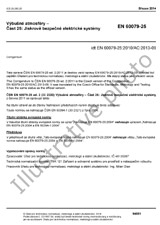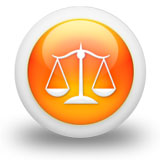We need your consent to use the individual data so that you can see information about your interests, among other things. Click "OK" to give your consent.

IEEE P802.15.13
IEEE Approved Draft Standard for Multi-Gigabit per Second Optical Wireless Communications (OWC), with Ranges up to 200 meters, for both stationary and mobile devices
Translate name
STANDARD published on 16.5.2023
| Availability | Sold out |
| Price | ONREQUEST excl. VAT |
| ON REQUEST |
The information about the standard:
Designation standards: IEEE P802.15.13
Publication date standards: 16.5.2023
SKU: NS-1135694
Approximate weight : 300 g (0.66 lbs)
Country: International technical standard
Annotation of standard text IEEE P802.15.13 :
New IEEE Standard - Active - Draft.
This standard defines the protocol and compatible network equipment for optical wireless communications and its operation as an optical wireless personal area network (OWPAN) supporting data rates of multiple Gbit/s for wireless specialty applications. The standard defines a medium access control (MAC) layer operating in beacon-enabled or non-beacon-enabled mode and three physical layers (PHYs) enabling low complexity, low power, and high throughput.
ISBN: 978-1-5044-9216-4, 978-1-5044-9216-4
Number of Pages: 154
Product Code: STDUD25798, STDAPE25798
Keywords: optical wireless communication, LiFi, IEEE Std 802.15.13™, DC-biased OFDM, pulsed modulation, distributed MIMO, mobility support
Category: 802.15|Optical Communication|Wireless Communication
Draft Number: P802.15.13/D10.0, Nov 2022 - UNAPPROVED DRAFT, P802.15.13/D10.0, Nov 2022 - APPROVED DRAFT
We recommend:
Updating of laws
Do you want to be sure about the validity of used regulations?
We offer you a solution so that you could use valid and updated legislative regulations.
Would you like to get more information? Look at this page.



 Cookies
Cookies
